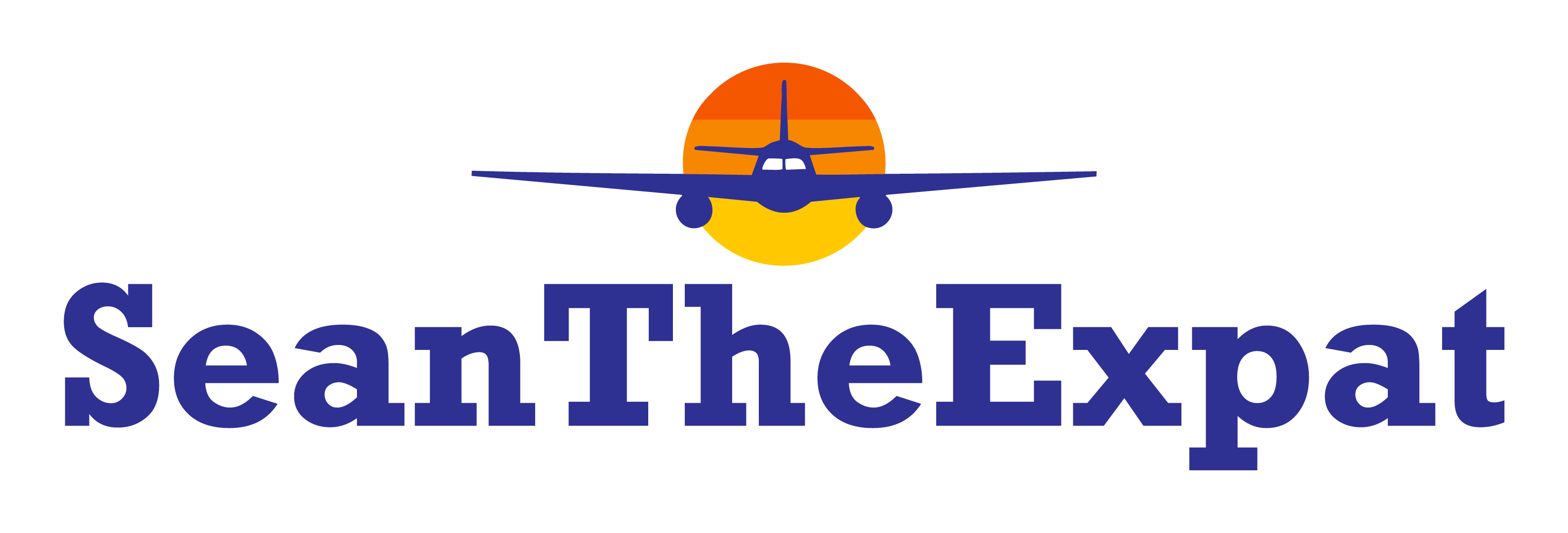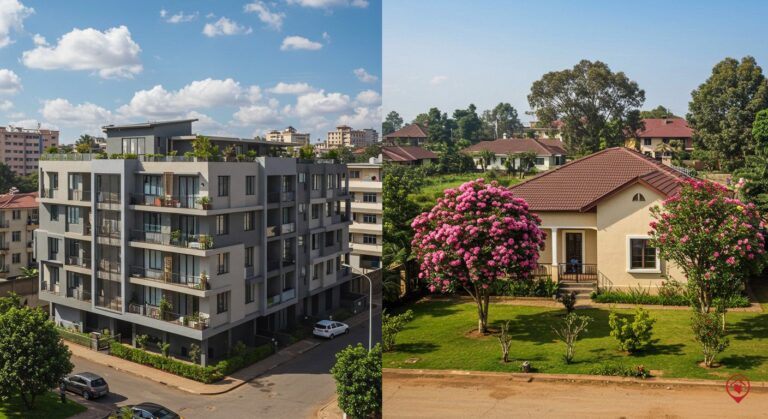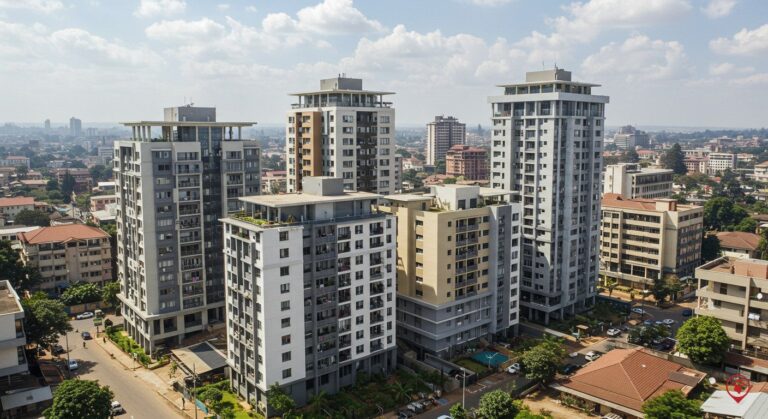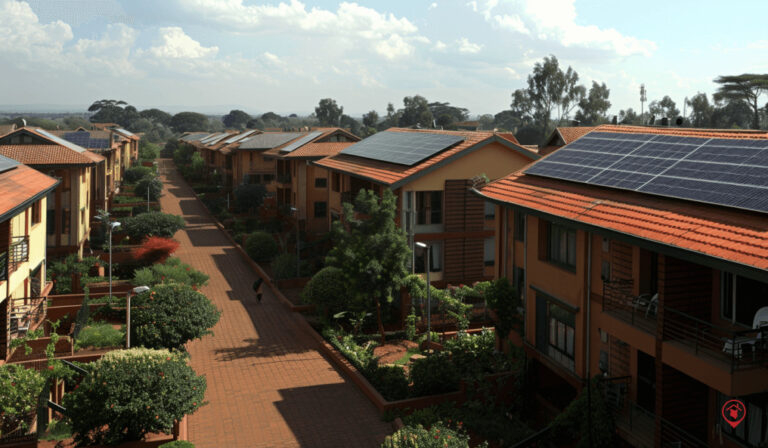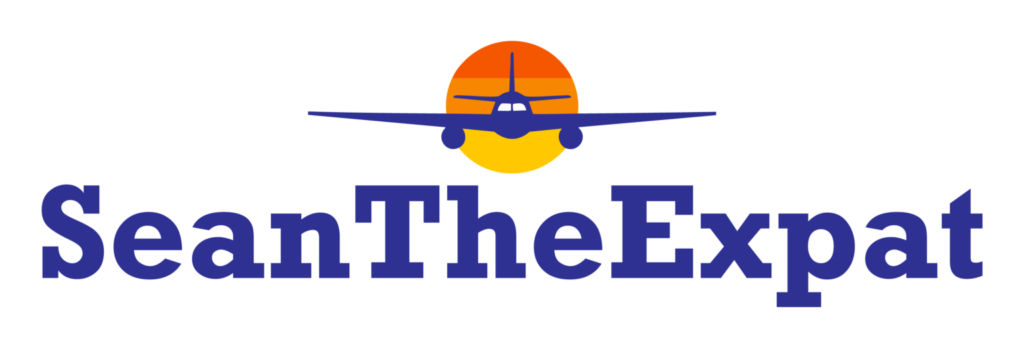Mortgage or Sacco? Choosing the Right Financing Option in Kenya
- If you’re thinking of buying property in Kenya, this is likely one of the first questions that comes to mind.
- Mortgages are long-term loans offered by banks or regulated financial institutions, primarily for buying or building a home.
- Saccos (Savings and Credit Cooperative Organisations) operate on a savings-first model.
- Whether you go the mortgage way or through a Sacco, the goal is the same: to own your space, on your terms.
Mortgage or Sacco loan? If you’re thinking of buying property in Kenya, this is likely one of the first questions that comes to mind. It’s a big decision, and understandably so — the financing option you choose can shape your entire homeownership journey.
Getting the right fit is about more than just interest rates or repayment terms. It’s about choosing a solution you can realistically commit to — something sustainable that supports your goals without leaving you financially stretched.
Let’s unpack both options and see how they compare in real, practical terms.
READ ALSO: What is the Best Way to Finance Land in Kenya? (Sacco, Bank)
Mortgages
Mortgages are long-term loans offered by banks or regulated financial institutions, primarily for buying or building a home. They’re designed to help you afford a property by spreading the cost over a longer period — often 15 to 25 years.
Why a mortgage might work for you:
- Access to more capital: If you’re buying a house or apartment in a high-value area, a mortgage can give you the muscle to go big. You can borrow substantial amounts, depending on your income and credit history.
- Longer repayment terms: The monthly repayments are spread out, making it easier to manage your cash flow.
- Structured and predictable: You know what you owe and when. Most banks offer fixed or reducing balance interest models with clear repayment schedules.
What to watch out for:
- Higher interest rates: Banks tend to charge more than Saccos. Depending on the lender and market conditions, mortgage rates in Kenya can range from 12% to 15% or even more.
- Hefty upfront costs: Beyond your deposit (usually 10–20% of the property value), there are legal fees, insurance, valuation charges, and processing costs.
- Strict eligibility: You’ll need a steady income, a good credit score, and proper documentation. For some, this can be a hurdle.
Sacco Loans
Saccos (Savings and Credit Cooperative Organisations) operate on a savings-first model. Members save regularly, then borrow against their savings, typically up to 3 times the amount they’ve contributed.
Why a Sacco might work for you:
- Lower interest rates: Most Saccos charge between 8%–12% on a reducing balance — significantly less than most banks.
- Easier access for informal earners: If you’re self-employed, in the gig economy, or your income isn’t fixed, Saccos tend to be more flexible in assessing your eligibility.
- Community-driven model: Decisions are made with members in mind. You’re not just a customer — you’re a shareholder.
What to keep in mind:
- Delayed access: You need to save consistently for a while before you qualify for meaningful loan amounts. This can delay your property plans.
- Loan limits tied to savings: If you haven’t saved much, you may not qualify for enough to cover the full property cost.
- Processing times: Some Saccos have slower decision-making or disbursement processes compared to banks.
Making the Right Choice for You
So, mortgage or Sacco? The truth is, there’s no one-size-fits-all answer. Your ideal option depends on your financial readiness, your timeline, and your long-term plans.
- If you’ve already built a good income profile and want to buy soon — especially in a more urban or upscale location — a mortgage might give you the speed and access you need.
- If you’re more comfortable building up slowly, or your income doesn’t fit traditional banking models, a Sacco could offer a friendlier, more affordable path.
Practical Tips Before You Commit:
- Run the numbers: Don’t just look at interest rates — compare total cost over time.
- Ask questions: Visit your bank and your Sacco. Understand terms, timelines, penalties, and hidden fees.
- Plan for the extras: Budget for stamp duty, legal fees, insurance, and utility connections.
- Check your future flexibility: Can you restructure, top up, or repay early without heavy penalties?
- Be honest with yourself: Can you realistically manage the monthly payments, even if your income shifts?
READ ALSO: A Beginner’s Guide to Understanding Mortgage Loans in Kenya
Conclusion
In the end, your financing route should feel like a stepping stone , not a stumbling block. Whether you go the mortgage way or through a Sacco, the goal is the same: to own your space, on your terms. And the good news? In Kenya today, you actually have options, so take time, do your research, and choose wisely.
